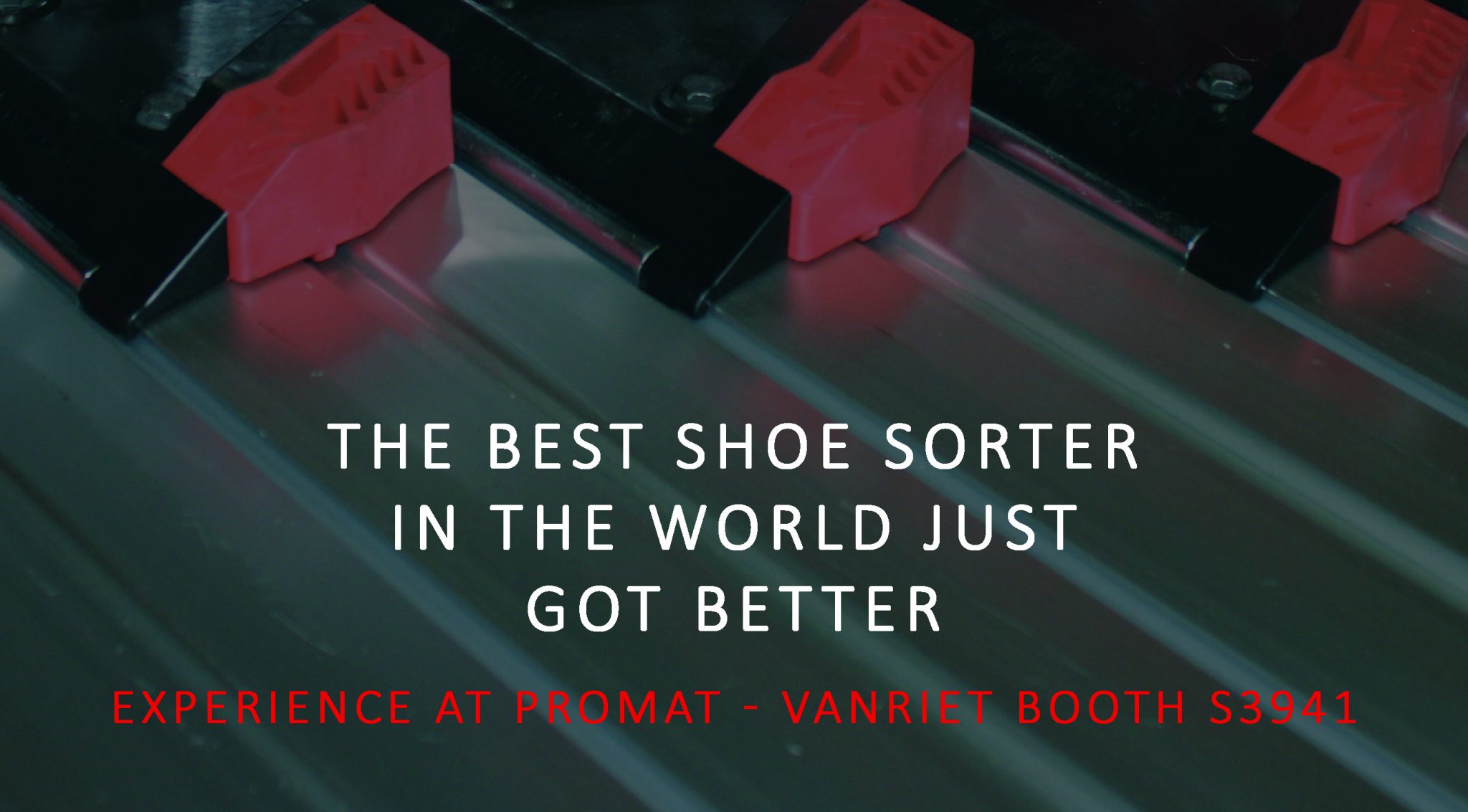2019 marks the 60th anniversary of the opening of the St. Lawrence Seaway, the bi-national waterway that connects the Atlantic Ocean to the Great Lakes and the heartland of America. Deputy Administrator Craig H. Middlebrook, Saint Lawrence Seaway Development Corporation, said, “how fitting that in this anniversary year, we can talk about the bright future of the Great Lakes Seaway System – North America’s ‘Fourth Sea Coast’, while celebrating its historic past.”
The Great Lakes economy is a powerhouse on an international level. With a GDP of $6 trillion, the Great Lakes region would be the third largest economy in the world if it were a country.
State and local economies in Minnesota, Wisconsin, Illinois, Michigan, Indiana, Ohio, Pennsylvania, and New York are benefiting from the surge in shipping in the St. Lawrence Seaway. In 2018, cargo shipping was up 7% in the St. Lawrence Seaway, sustaining over 237,000 jobs in the Great Lakes region in manufacturing, mining, agriculture and shipping.
Top performing cargoes included U.S. grain shipments which increased 37% over 2017, liquid bulk shipments which increased 22% over the previous year, and steel slabs which saw a 53% increase.
“We are living in a transformative moment as the Seaway turns 60 this year. Yet, there is one constant that we always begin and end our day with: our focus on safety and reliability.
U.S. Secretary of Transportation Elaine L. Chao is clear about her priorities: focus on safety, invest in infrastructure, and promote technological innovation. Those priorities speak to the heart of the mission at the Seaway.”
The 2018 Seaway navigation season was one of the safest on record, a continuation of the long and steady improvement in our safety performance. New technology, newer fleets, a stringent inspection program and highly trained staff all play a key role in our ability to achieve exceptional safety results. In 2018, the reliability rate for the lock and channel infrastructure in the St. Lawrence River section of the Seaway remained extremely high. The System Availability rate improved to 98.9 percent from 96.4 in 2017.
When it comes to safety and reliability, it is important to include the work of the Ballast Water Working Group. The bi-national group inspects the ballast tanks of incoming ocean vessels to ensure there are no aquatic invasive species in the tanks. Every tank of every international vessel that entered the Seaway System and Great Lakes was inspected, totaling over 9,300 ballast tanks last year. The results in 2018 sustain a track record of effective oversight and acknowledge the strong cooperation of the maritime industry. These results continue to support the fact that ‘no unmanaged ballast water is coming into the Great Lakes through the Seaway on international vessels.’
This year also marks the completion of a decade of infrastructure rehabilitation and maintenance work at the U.S. locks under the ground-breaking Seaway Asset Renewal Program. Through the first ten years of this program, the SLSDC has obligated $152 million on 50 separate projects. Several projects involve the implementation of new innovations and improved technologies for the operation of Seaway infrastructure, resulting in reduced maintenance needs and operating costs to Seaway users.
One of the projects involves the installation of a unique, first-of-its-kind, Hands-Free Mooring (HFM) technology system in the locks. The HFM system uses vacuum pads, each of which provides up to 20 tons of holding force, mounted on vertical rails inside the lock chamber wall to secure the ship during the lockage process as it is raised or lowered while keeping it at a fixed distance from the lock wall. The HFM technology will increase efficiency, improve safety, reduce operating costs to Seaway users, and reduce lock transit times by nearly seven minutes per lockage, equating to 3-4 hours of potential time savings on a roundtrip transit. The use of HFM will also significantly increase the pool of vessels worldwide that will be able to enter the Great Lakes Seaway System. It is arguably the most important technological advance at the Seaway since 1959 and will revolutionize the vessel transit experience through the Seaway.







